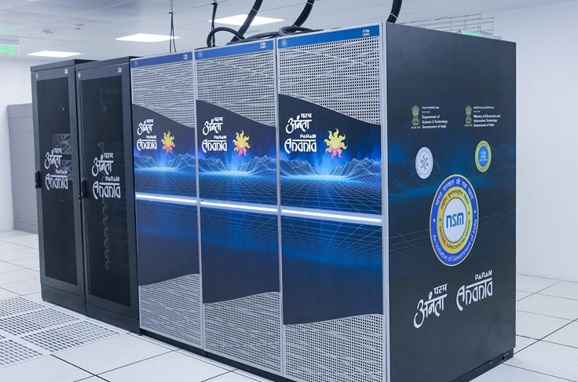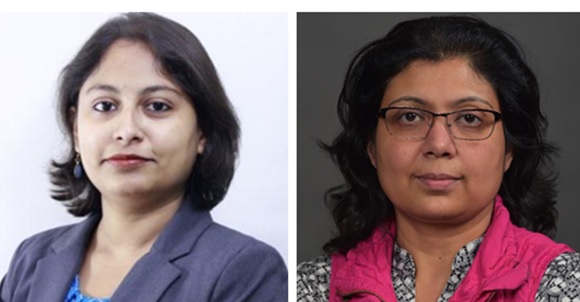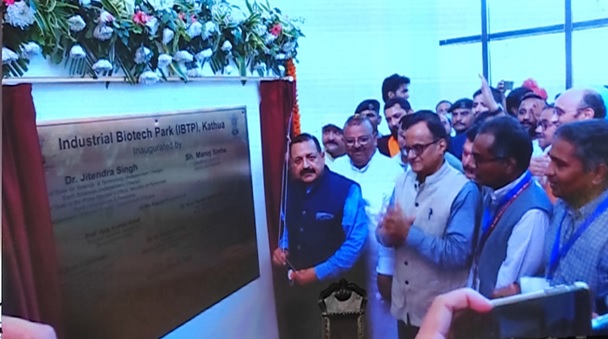
A spectrum of in vivo model organisms used to study CNS development and neurodevelopmental disorders – microcephaly and autism spectrum disorder
A team of researchers from CSIR-Centre for Cellular and Molecular Biology (CSIR-CCMB), Hyderabad, has devised multiple in vivo animal models that can be used to study the development and disorders of the nervous system. The models may help understand the genetic and cellular basis of congenital neurodevelopmental disorders like microcephaly (small brain), intellectual disability (ID), and autism.
The team comprising Tuhina Prasad, Sharada Iyer, Sayoni Chatterjee, and Megha Kumar informed India Science Wire that the review was significant as these models are particularly helpful given the lack of ability to observe human brain during its development.
“Currently, there are no comprehensive literature reviews discussing the spectrum of animal models available for neuroscience research. We present a comprehensive discussion on the various animal models (in vivo models) which are used to study Central Nervous System (CNS) formation and function, cognitive and complex behaviours. The animal models include fish (zebrafish), frog (Xenopus), rodents (mice) and non-human primates (monkeys, macaques),” researchers explain.
They have also explored nonconventional models such as ascidians and the recent technological advances in the field to study neurogenesis, disease mechanisms, and pathophysiology of human neurodevelopmental disorders (NDDs).
A team of researchers from CSIR-Centre for Cellular and Molecular Biology (CSIR-CCMB), Hyderabad, has devised multiple in vivo animal models that can be used to study the development and disorders of the nervous system. The models may help understand the genetic and cellular basis of congenital neurodevelopmental disorders like microcephaly (small brain), intellectual disability (ID), and autism.

The genesis and functioning of the CNS are one of the most complex and intriguing aspects of embryogenesis. The big lacuna in the field of human CNS development is the lack of accessibility of the human brain for direct observation during embryonic and foetal development. Therefore, scientists frequently observe alternative animal models to gain deep mechanistic insights into neurodevelopment, establishment of neural circuitry, and its function.
Neurodevelopmental events such as neural specification, differentiation, and generation of neuronal and non-neuronal cell types have been comprehensively studied using various animal models and with the help of in vitro model systems derived from human cells. The experimentations on animal models have revealed novel, mechanistic insights into neurogenesis, the formation of neural networks, and function. The models, thus, serve as indispensable tools to understand the molecular basis of NDDs arising from aberrations during embryonic development.
The researchers, in their paper, have highlighted the advantages and caveats of studying neurodevelopment in the various animal models. They have also discussed the new emerging animal models like Ciona, which provide evolutionary perspectives on the origin of neural tissue across different life forms.
“The use of animal model largely depends on the scientific question asked and the preferred methodology used to answer the question. New models and technical advances are constantly made to advance neuroscience field,” researchers said.
The study has been carried out with INSPIRE grant from the Department of Science and Technology, Govt. of India. The findings of the study have been published in WIREs (Wiley Interdisciplinary Reviews) Mechanism of Disease.
India Science Wire
ISW/SM/NDD/CCMB/Eng/10/02/2023





